Plating like a Pro: It’s Not Just Visual, It’s a Whole Experience
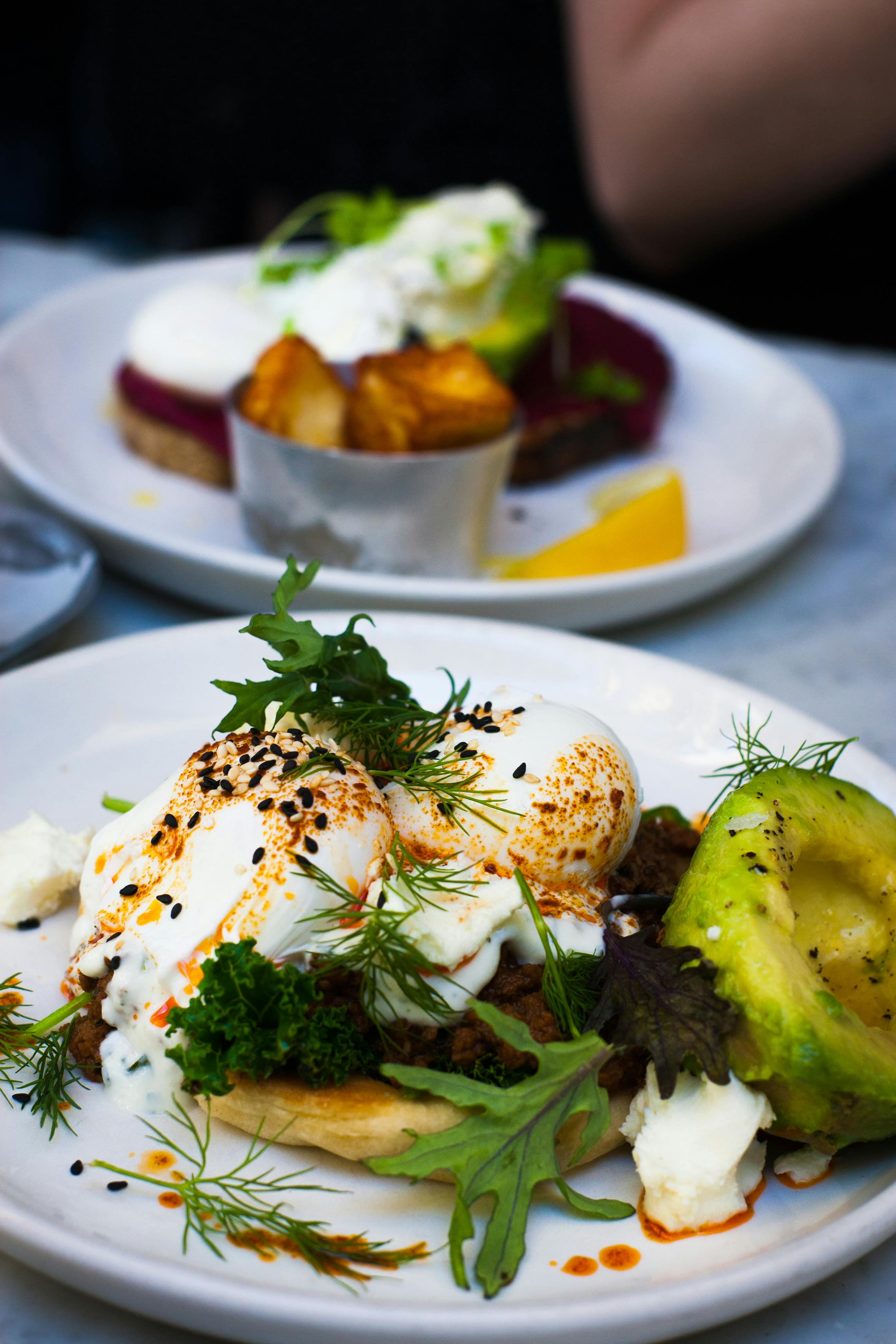
Good plating isn’t just about Instagram photos. If it was, I wouldn’t care about it. Rather, plating techniques are a major consideration for even the humble home chef. Why?
First, plating improves the eating experience. With thoughtful plating, you can craft individual bites to provide the exact flavor and textural nuance you’re looking for. Second, thoughtful plating means thoughtful eating, which means we eat healthier. Third, it’s a way to elevate the dining experience for celebrations or when you have guests. And finally, it is fun and fulfilling to be creative.
It’s not about the perfect social media post. Though it will help, if you’re into that.
So let’s jump in. I’m going to talk to you now as if you’re an artist, not just a cook.
Understanding the Your Canvas
Which Plate?
This is something that high-end restaurants spend a lot of time and money considering, but the home cook doesn’t have the budget to worry about it too much. I’ll assume you already own a few plates and make some broad statements from there. If your plating options are severely limited… that’s fine. Maybe keep a couple considerations in mind if you plan on getting new plates in the future, but don’t stress yourself out about it.
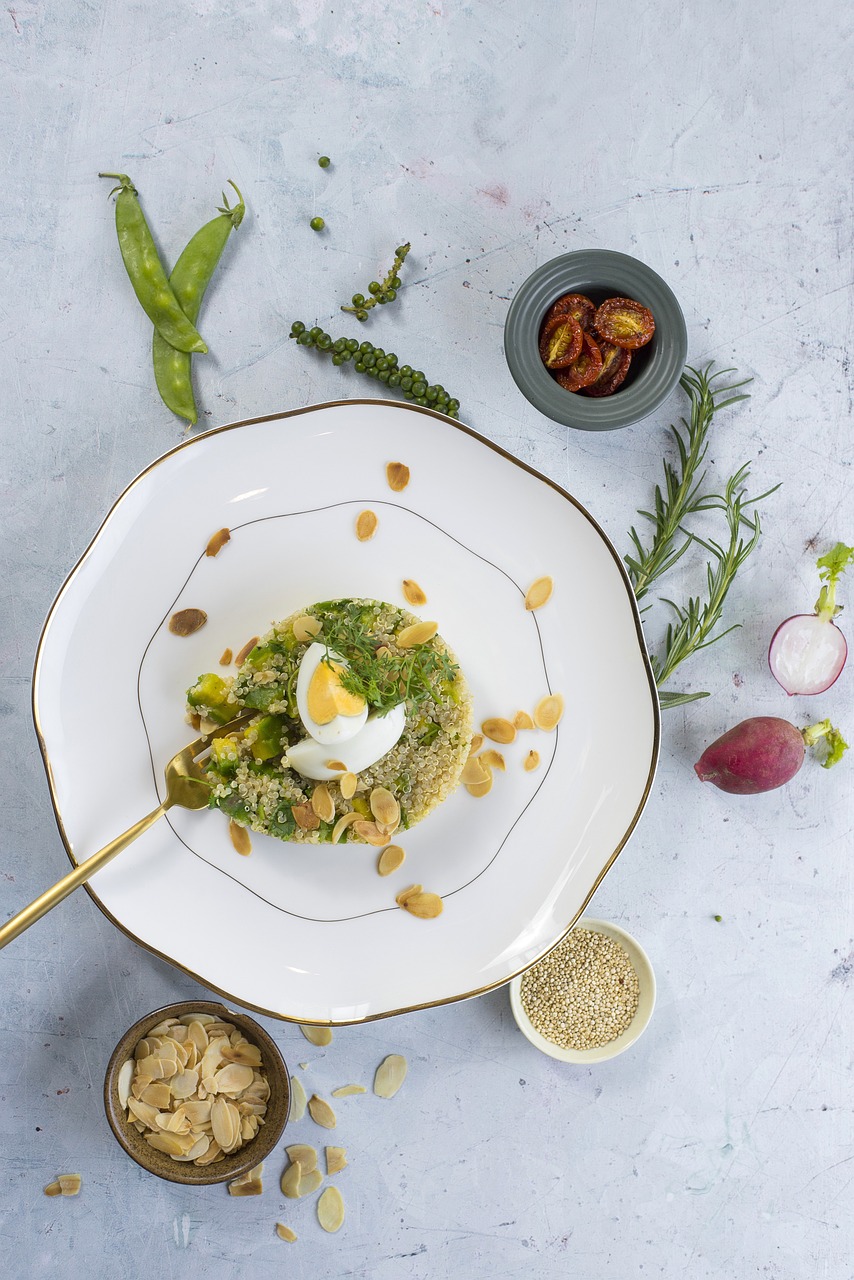
White Plates: These are generally the go-to in a restaurant setting because they represent such a blank canvas for presenting your food.
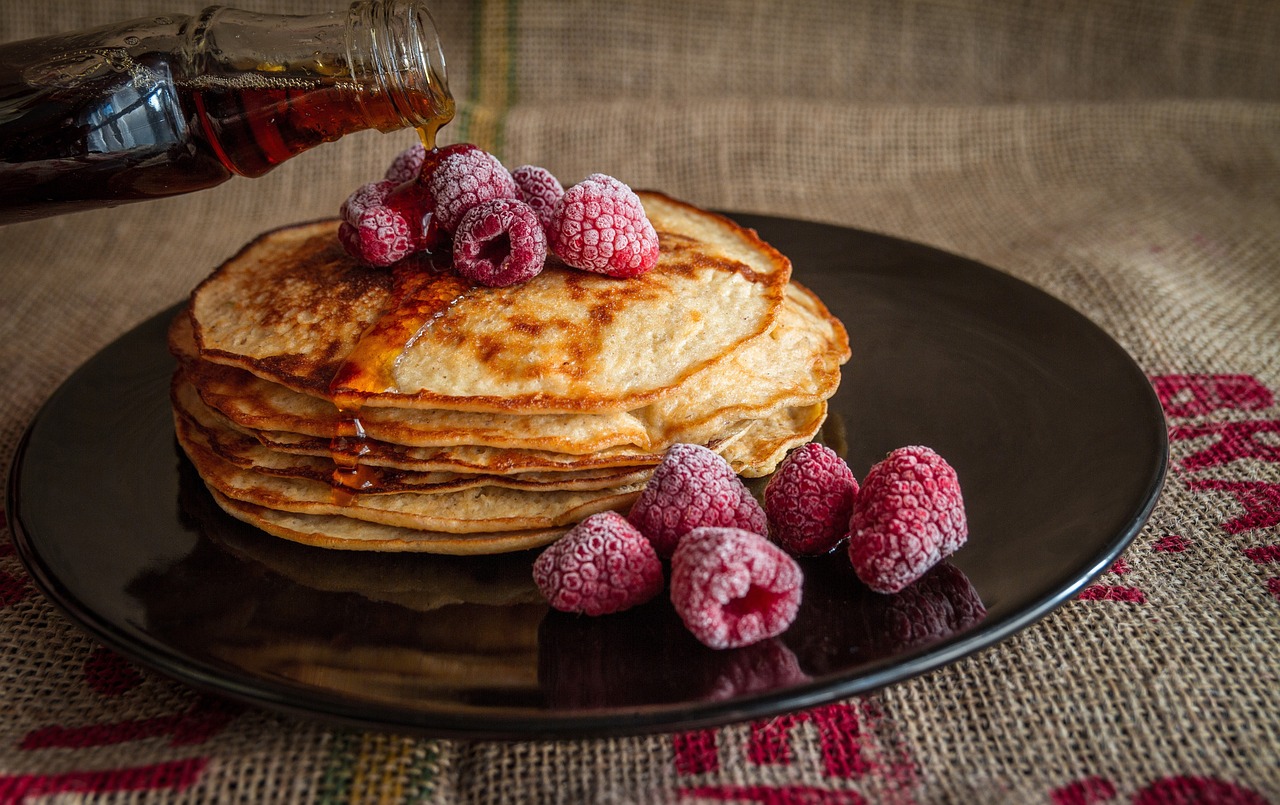
Dark Plates: These can be a fun and unique alternative if your food involves any bright, popping colors. The dark-colored plate will provide contrast, highlighting the food even more.
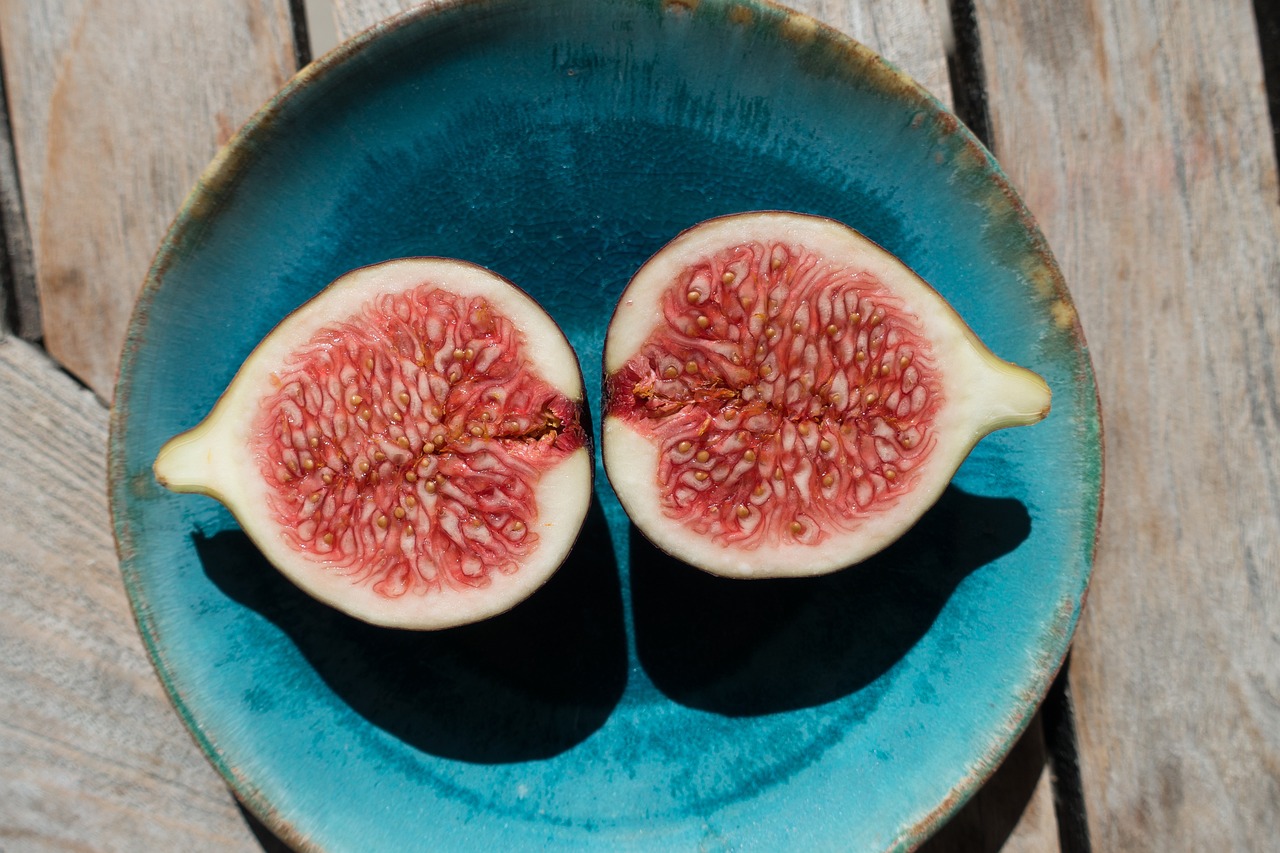
Not the Blue Plates: Blue basically never appears in natural food. No, not even blueberries (look closely, they’re actually purple). Because of this, professional platers have identified blue plates as suboptimal for dining. Their highly unnatural appearance actually decreases appetite!
The Plate as a Canvas
You’re a painter. The plate is your canvas, and the food is your medium. Let’s talk about how to look at the plate. Our primary goal here is to highlight the central theme of the meal (usually the protein, at least in Western diets) and build everything else to complement it. And much of this starts before we even put a single thing on the plate.
The Rim is the Frame: Just like a beautiful photo tends to have a solid picture frame, the same is true for a good meal. The rim of your plate frames your food. Very rarely do you find artwork bleeding onto its frame, and only then it’s for a good reason (usually intentional and planned ahead of time). Keep your food in the center of the plate and off the rim — and yes, this includes garnishes.
Rule of Thirds: If you have any experience with photography or other visual arts, you’ll be familiar with the rule of thirds. Basically, you don’t want the main subject to be in the middle of your canvas… you want it to be focused on one of the thirds. Why? I won’t dive too far into technical details, but we’ll say it creates more balance. The focal point of your artwork takes a lot of visual weight, so offsetting it allows more elements to take space and balance out the weight of your focal point.
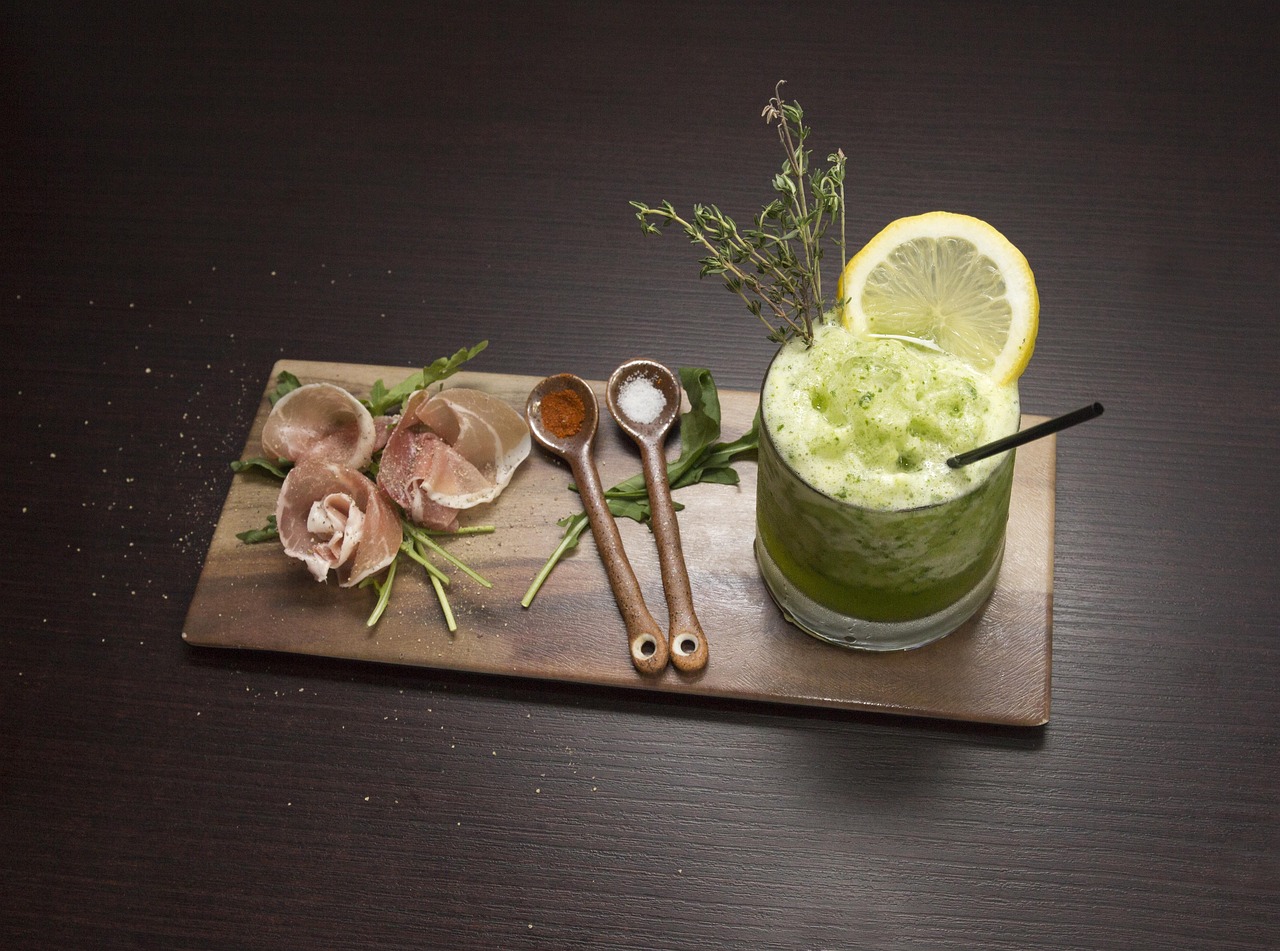
Notice in the above picture how the “heaviest” object isn’t put in the middle of the plate. It’s placed on the third, and the least intrusive element is placed in the middle.
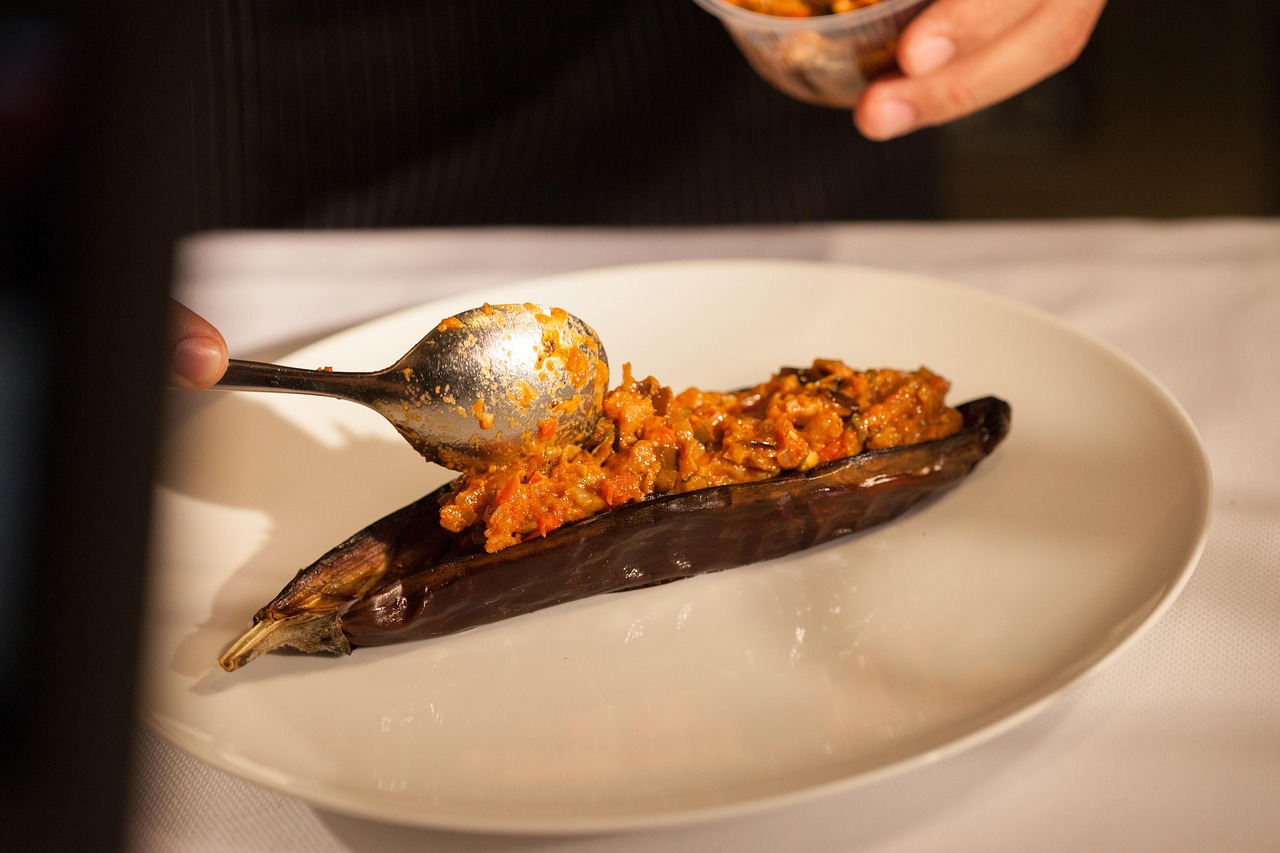
Even in this picture, the chef has placed the food in the exact center of the plate. But if you at the shape of the food, the main, colorful element naturally gravitates toward the right side of the picture (a dominant third of the plate) instead of sitting in the middle of the frame.
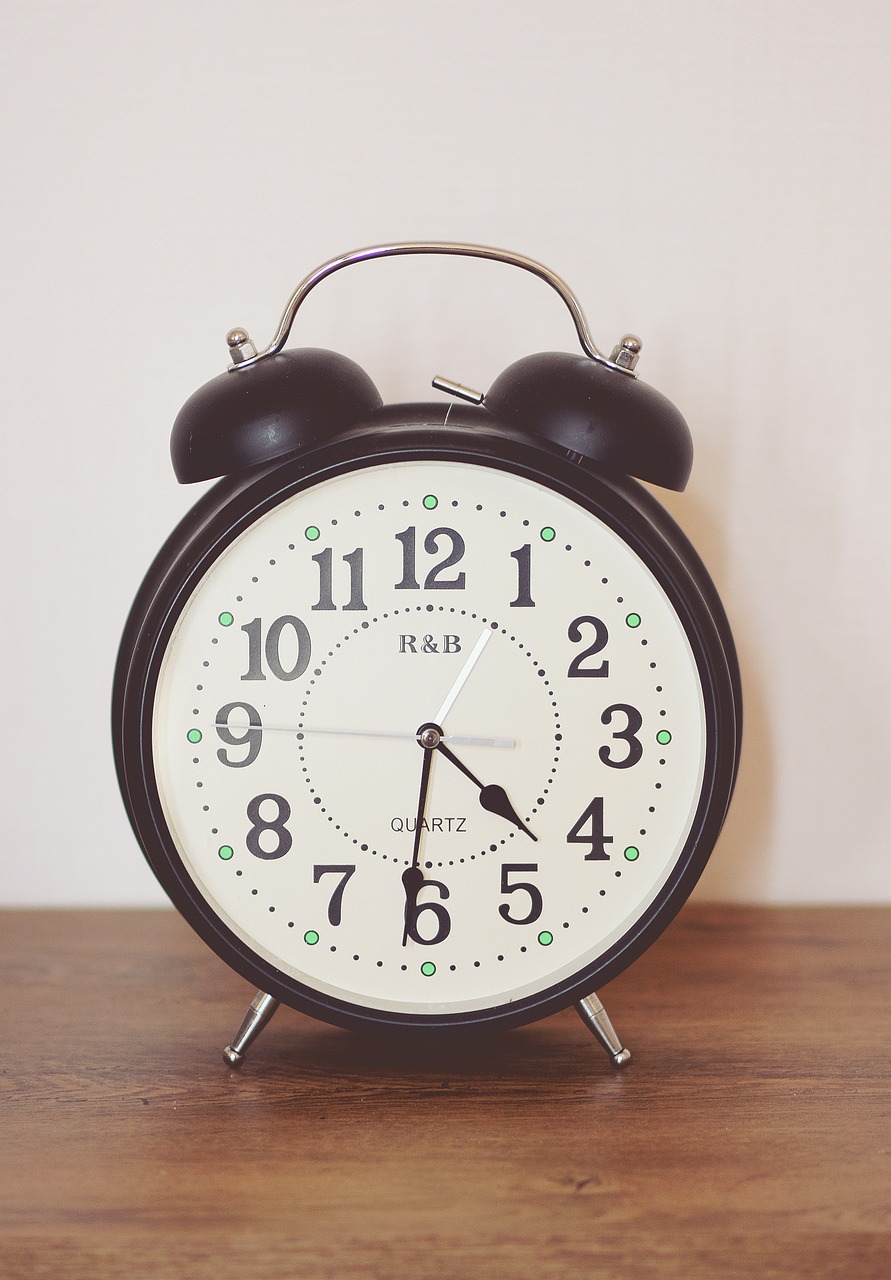
Clockwork: With the rule of thirds in mind, look at your plate like it’s a clock. Put the main focus of your meal (generally the protein) on the 3 o’clock to 9 o’clock portion, the starch on the 9-to-12 o’clock portion, and the vegetable on the 12-to-3 o’clock portion. This is a super classic plating style. Why? Again, balance. This naturally and artistically proportions your plate, provides visual appeal, and helps you be thoughtful about what you’re eating.
Don't Overcrowd: Often, less is more. A good meal isn’t about eating “as much as possible” — we know that — but it’s also not about eating “as many things” as possible. Remember what your goal is with this meal, and add the minimum necessary elements to make that happen.
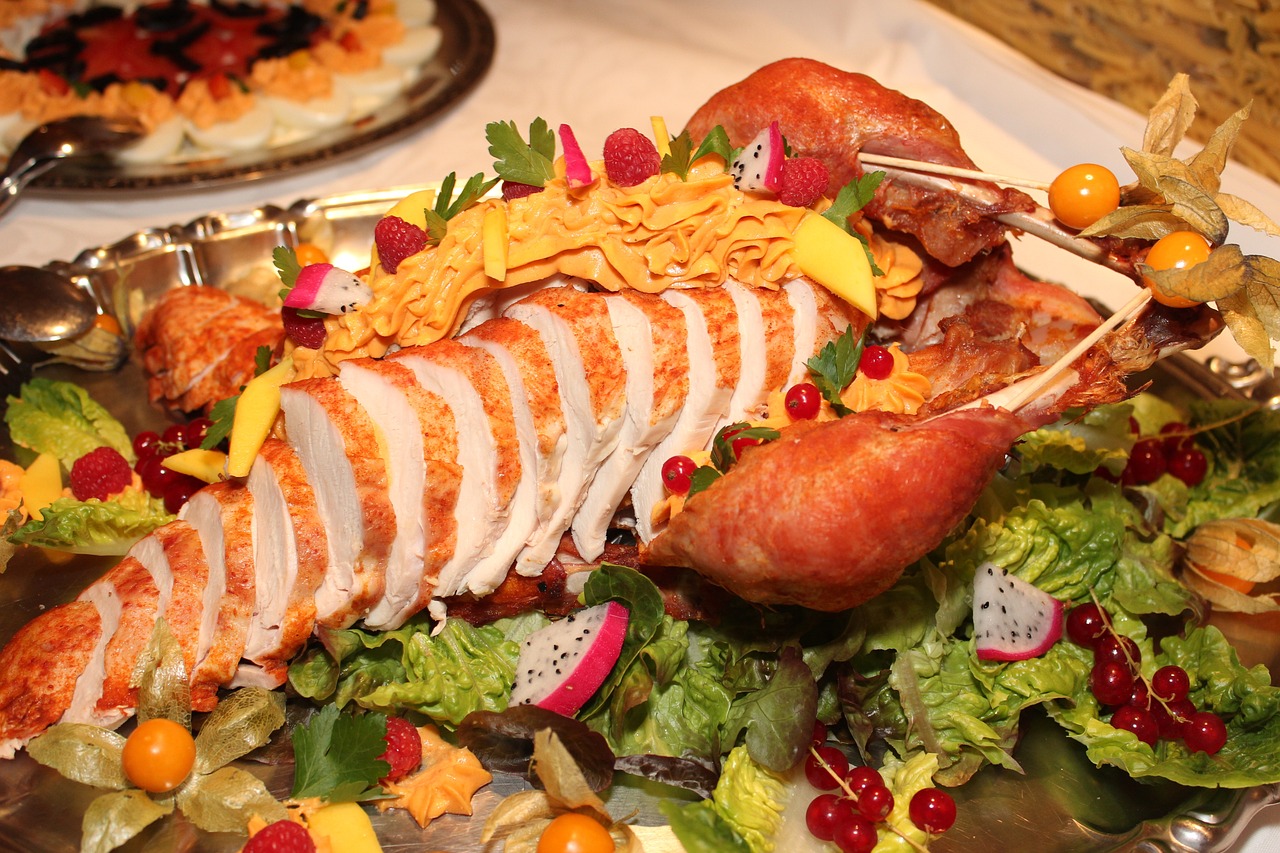
The picture above was captured from an all-you-can-eat buffet. I’ll admit, it looks enticing, but as a guy who gained sixty pounds after he got married and has struggled with his weight ever since, I’ll also admit it looks enticing for all the wrong reasons. I’m not interested in any of the actual food on that plate, I’m just interested in how much food there is!
Plus, from a more artistic perspective, it’s hard to really figure out what this plate is trying to tell me. Is it a salad with an entire chicken on top? What’s the “main” part and what’s the “garnish”? Also, is the mac and cheese on top? I can’t tell. But if it is, why in the world would I want that on a salad with radishes and cherry tomatoes? It doesn’t feel like this plate was put together very thoughtfully and that’s the entire purpose of good plating: to think about what you eat.
How to Plate
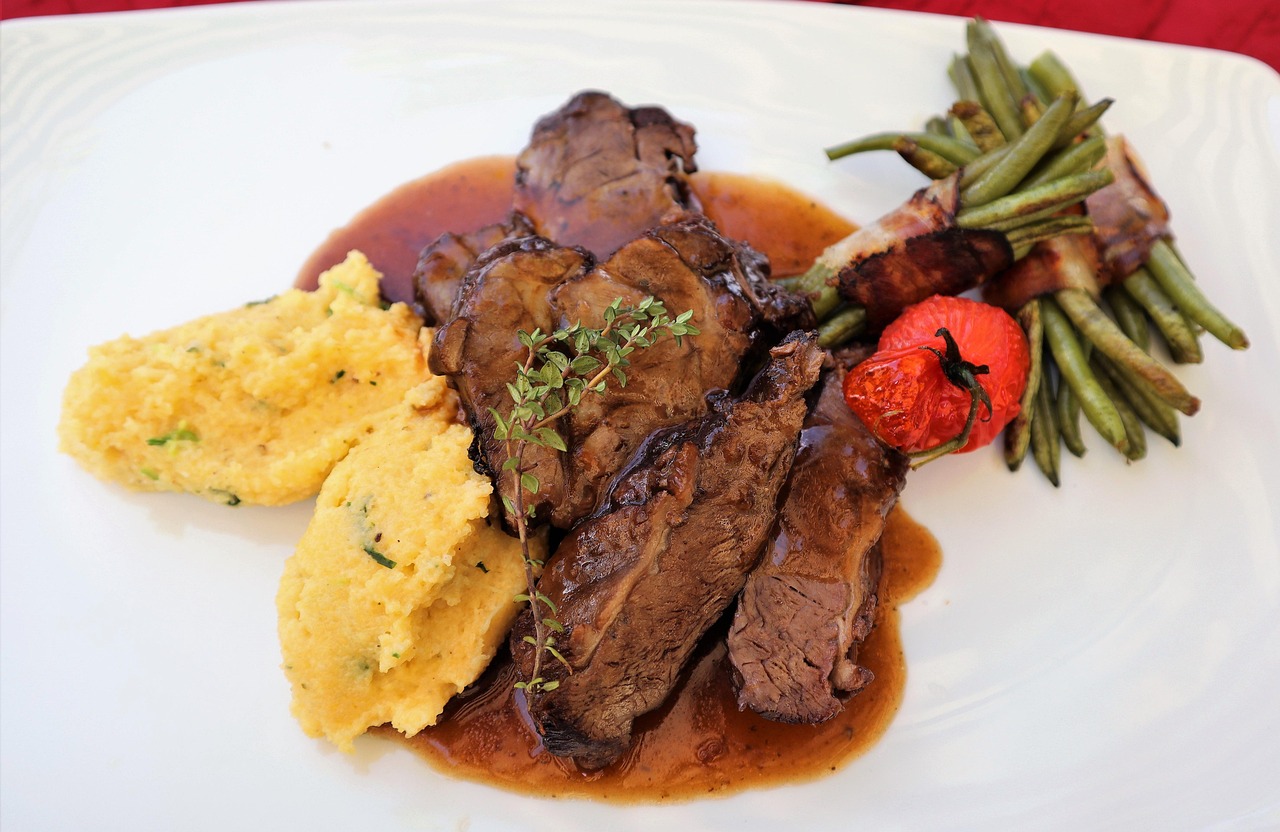
Moist Items First: Are you serving any sort of puree? How about mashed potatoes, rice, polenta, grits, some sort of pudding or mousse, or a side pasta? These moist items tend to run and wilt pretty quickly. They need some sort of structural support, so put them on the plate first, and then prop it up and stabilize it with your other elements. This could mean you put it down, smear it slightly onto the bottom third of the plate, and then balance slices of your protein in it. It could also mean you pipe it into place and then leave it alone to avoid getting it more watery.
Rule of Thirds: We’ve already talked about this, but remember the rule of thirds. Think with a painter’s eye while putting things on the plate. Don’t just chuck that steak right in the middle of your canvas and try to force everything else around it, because it won’t work.
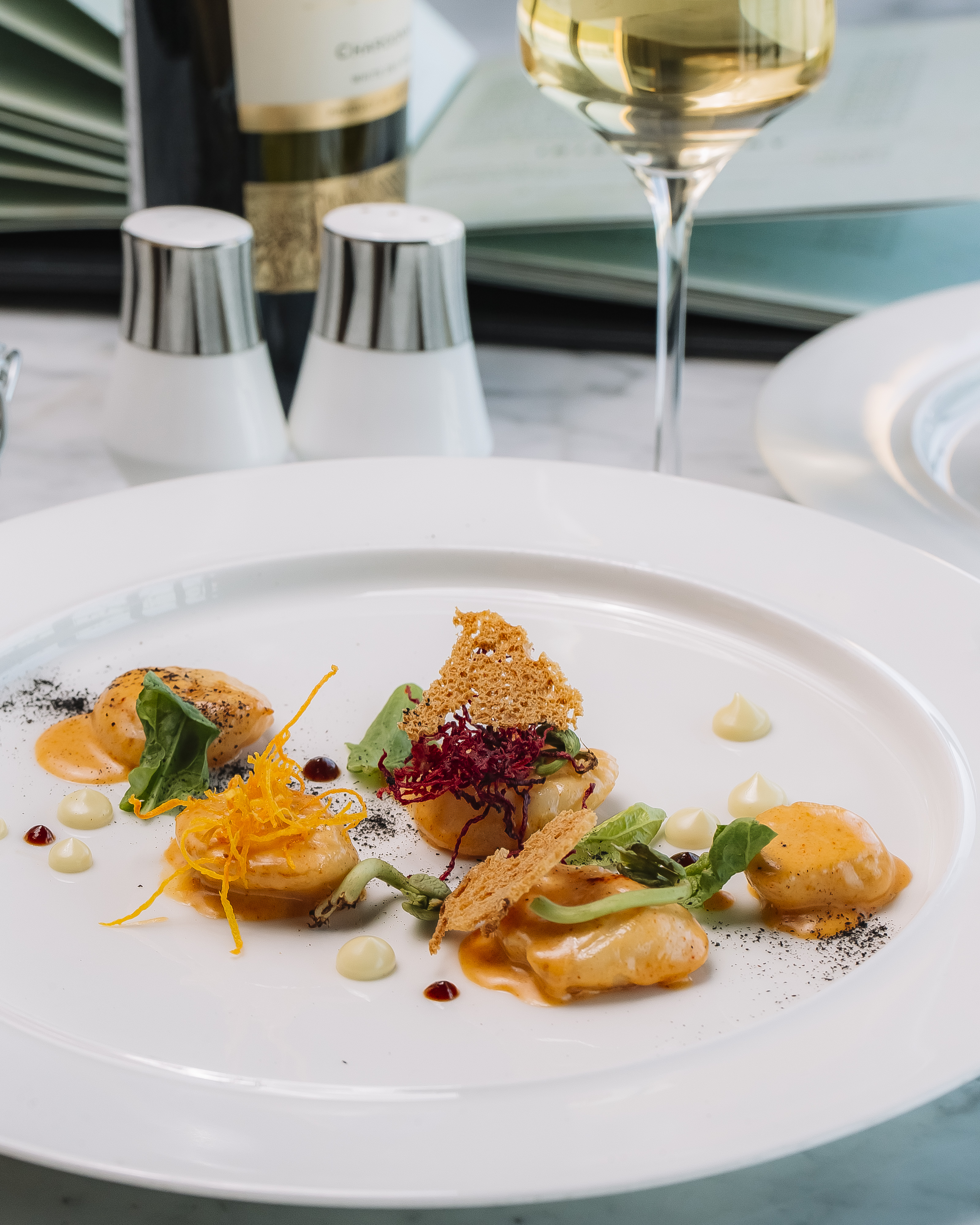
Craft an Eating Experience: As you're putting your artwork together, think about how you’ll eat the food. Drag those carrots over and dangle their edges onto parts of the chicken. Cover all of that in a dot of lemon-butter sauce and top it with a bit of crunchy sage. This creates a beautiful part of the plate to look at, but it also creates an absolutely succulent bite with the perfect equation of flavors and an appealing mix of contrasting textures.
To me, this is most of the reason why I plate intentionally — you get to craft an experience in a way that’s difficult to replicate once you’re sitting at the dinner table with a fork and knife.
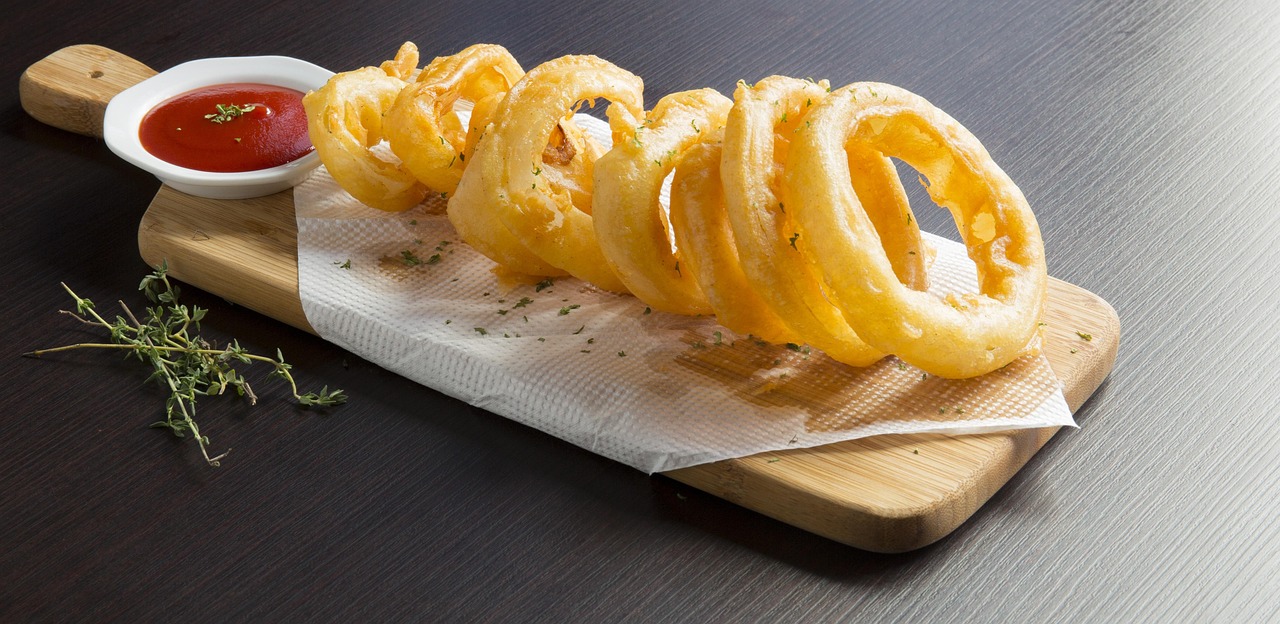
Serve Odd Quantities: This is another weird rule of visual composition, but for some reason we tend to prefer things in groupings of three, five or seven. Serving shrimp? Give me five or seven and juxtapose them artistically with the rest of the meal (or line them up neatly along their corresponding third of the plate. I don’t care).
Add Height: This creates visual variety, but it also lets you achieve those flavor bites and multiple textures I was ranting about. I’m not saying to build a six-inch-tall monolith in the middle of your plate (a trend that used to popular for about four years, right as Instagram blew up, which consequently made it far too popular until it finally died out in about 2019 and made way for reasonable plating techniques).
Break the Rules: This is a rule I hate to admit to some people, but it’s important. Break the rules when it matters. The rules aren’t laws, and even if they were, I ain’t calling the police on you. If you’re making a plate that insists on overcrowding (say, you’ve made a pasta that you want to use as the “canvas,” with everything else on top of it), then overcrowd. If the meal is super simple and you want to highlight that, maybe putting it right in the middle of the plate actually makes sense!
But here’s why I hesitate to mention this rule: sometimes when we’re new to a skill, this is the only rule we care about. As soon as we realize that learning new skills takes education and practice, we decide that the only rule that matters is there are no rules. But here’s the thing, in order to properly break the rules, you need to understand them first.
I don’t know… perhaps I just have this pet peeve because I’m a writer, and we abide by lots and lots of invisible rules, which means we have lots of conversations with novices who are convinced they’re the next Shakespeare yet refuse to learn how Shakespeare wrote. I digress, sorry.
Saucing Techniques
Saucing breaks down into two categories, which are “Basic” (aka get this stuff off my plate and into my head as soon as possible) and “Advanced” (aka I have a bit of time and I want to show off). Needless to say, I usually go with the basics.
Basic Saucing
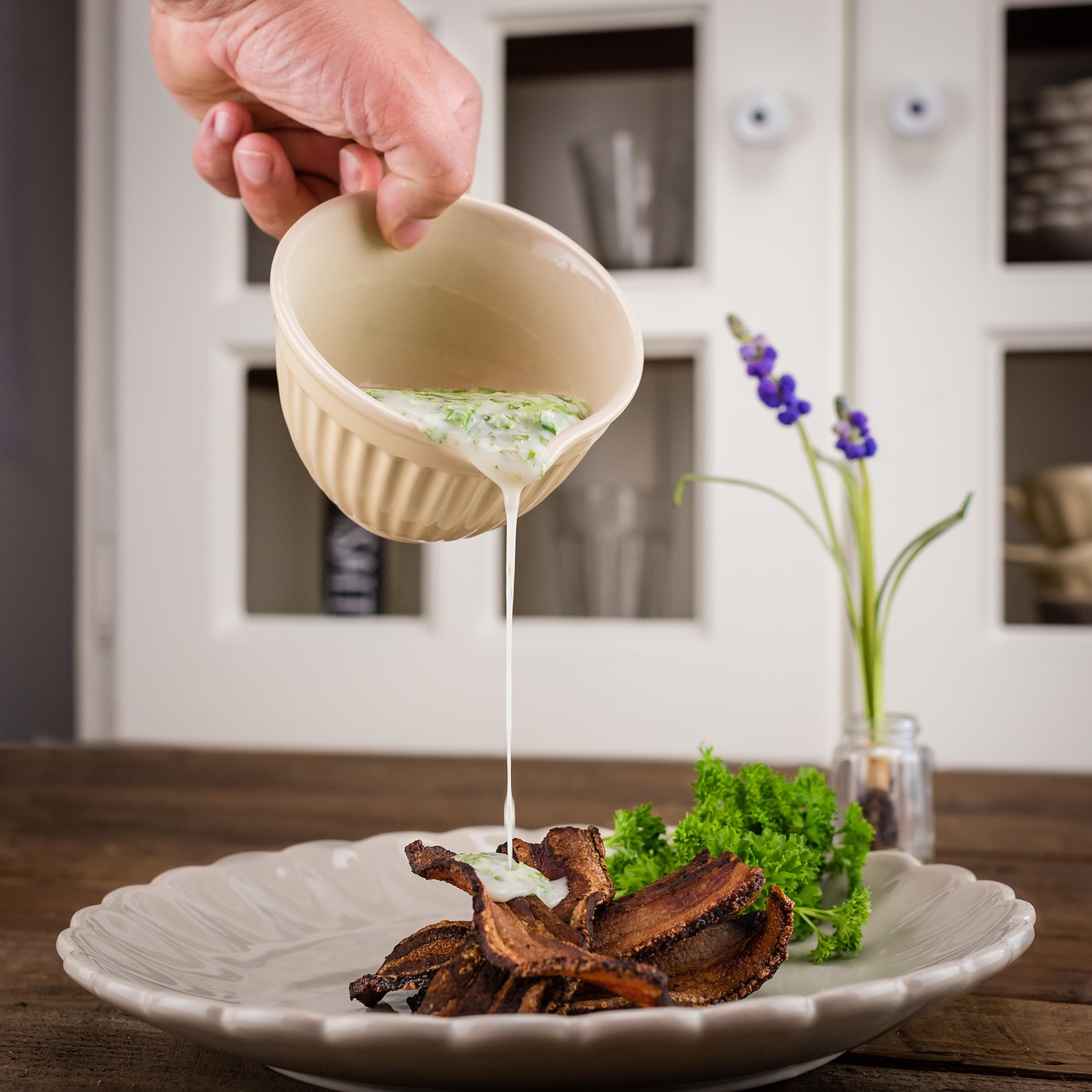
Basic saucing is by no means an ugly or inferior way to plate your food. It’s simply faster and takes less dexterity. Granted, it also gives you much less control, but that’s not usually an issue. 9 times out of 10 you’ll be just fine with basic saucing techniques.
- Drizzle: Use a spoon or a squeeze bottle to serve a large portion of sauce. You can do this either by dumping all of it in one place and then using it to dip food into or by flinging that thing around to “draw” the sauce onto the food (a la squirting ketchup onto your hot dog). This isn’t just ballpark, lazy-man stuff. Picture setting down your mashed potatoes and fortifying them with slices of medium-rare steak. Then just to offset from both of those, pour a large drizzle of deglace onto the plate so that it sets into both of them. Yum!
- Accent: Like a drizzle, but smaller. These are your garnishing sauces. Most of us don’t use them except for hot sauce, which has a freaky, cult-like following. If I ever have a super flavorful, punchy sauce (usually vinegar based), I always like to accent my meals with it when I can.
- Spread: Take a knife, spread the sauce. Usually this will be some sort of mayo- or butter-based sauce you’re spreading onto a bread or other starch.
Advanced Saucing

Again, advanced saucing isn’t for the “better” chef, it’s just for whoever has a bit more time for preparation and feels like getting creative.
Smeared Sauce: The smear is a classic. Start with a dollop of sauce on the plate. Then take the back of a spoon, press down into the dollop, and drag it across the plate in one smooth motion. The key here is confidence—no shaky hands allowed. One well-placed smear is all you need to make your dish look intentional, not overworked.
Accent Dots: Accent dots are like the punctuation of plating. A few small dots of sauce can add just the right pop of color and flavor. Use a squeeze bottle or the tip of a spoon for precision. Use them to frame your dish or draw the eye to the focal point.
Smeared Accent Dots: Combine the smear with a few accent dots, then gently drag a toothpick or skewer through the dots to create a dynamic, artistic look. Think swirls, waves, or whatever abstract pattern your heart desires. Just don’t get carried away.
Garnishing Principles
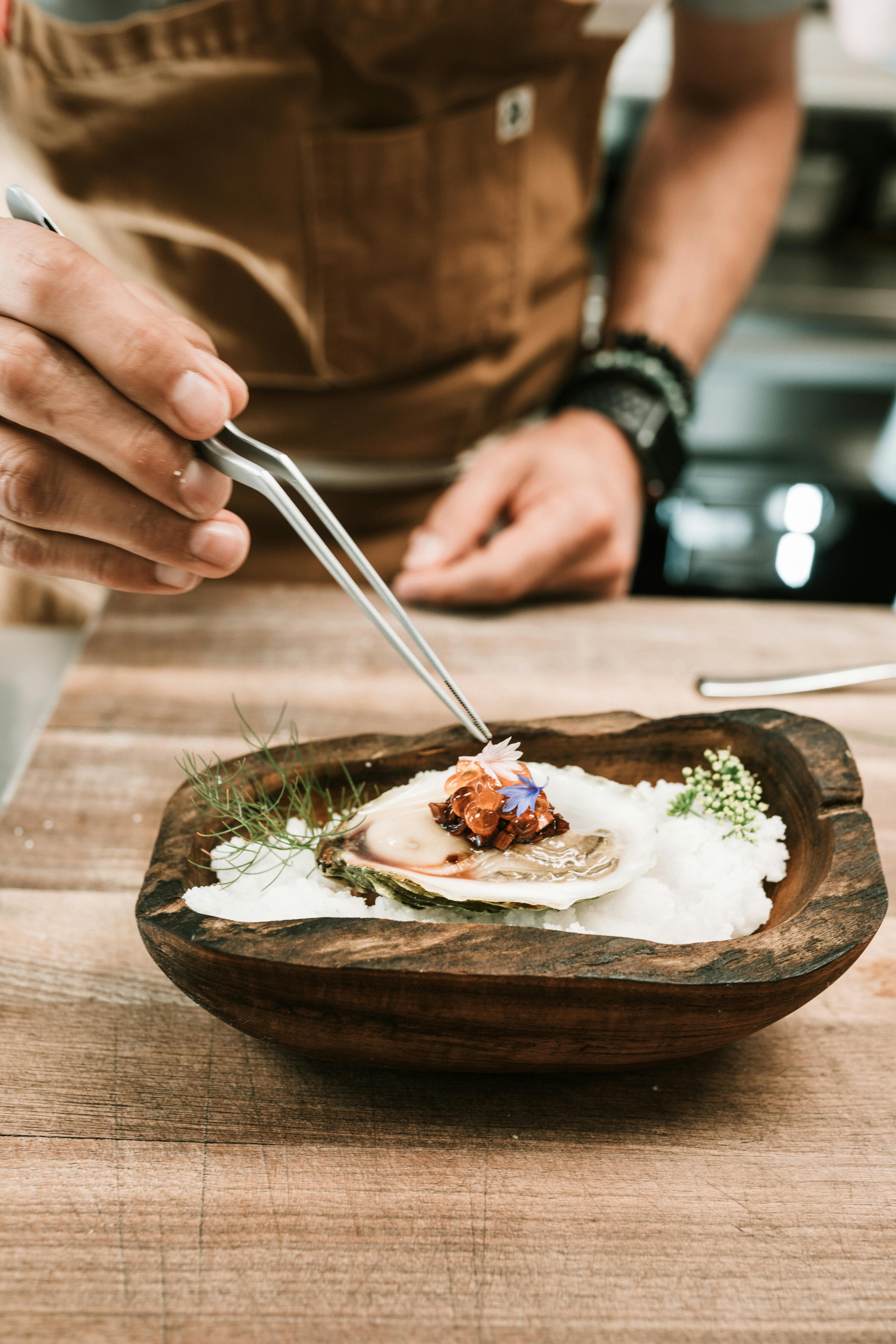
Garnishes used to be just weird eye candy for your plate. A burger served with an orange slice on the side…? Okay? These days we actually think about the way our garnishes add flavor and texture in addition to visual contrast. Follow these rules:
Edible Garnishes: If it’s on the plate, it needs to be edible. Not only that, it needs to actively enhance the meal. No more giant orange slices! No more single sprigs of cilantro that get stuck between your teeth! Herbs, citrus zest, microgreens, or a sprinkle of spice can all make great garnishes. One of my favorite garnishes is store-bought crispy French onions. My absolute favorite is just fresh herbs (though oddly, some people champion against that these days).
Intentional Placement: Take a moment to think about where your garnishes will look best and serve the dish’s overall composition. Use garnishes to highlight the star of the plate or add a pop of color where it’s needed most. Remember: intentionality is key.
Though with this in mind, I’ll point out the most positive, visceral reaction I’ve ever had to a garnish was when I grabbed a fistful of minced parsley and simply threw it at the plate of pasta to create a bright splash of green. Guests spontaneously stopped to take photos before they ate.
Less is More: Garnishes are meant to enhance, not overpower. A sprig of parsley or a sprinkle of chili flakes is plenty. Don’t pile on so many garnishes that your plate starts looking like a florist’s trash bin. When in doubt, err on the side of simplicity.
Garnishes to Avoid: Speaking of simplicity, some garnishes are best left in the past. For example:
- Large slices of citrus with the peel still on? Goodbye.
- Chunks of untoasted spices? Tread lightly.
- Stuff you can only look at? Are you insane?
- Edible gold and sprinkles? I’m not going to say no, but I will say you’re fighting an uphill battle.
- Anything that needs to be prepared last second is a no-go.
Types of Plating
Finally, now that you’ve got the principles down, let’s look into plating styles. Whether you’re going for classic elegance, modern artistry, or thoughtful storytelling, there’s a style for everyone.
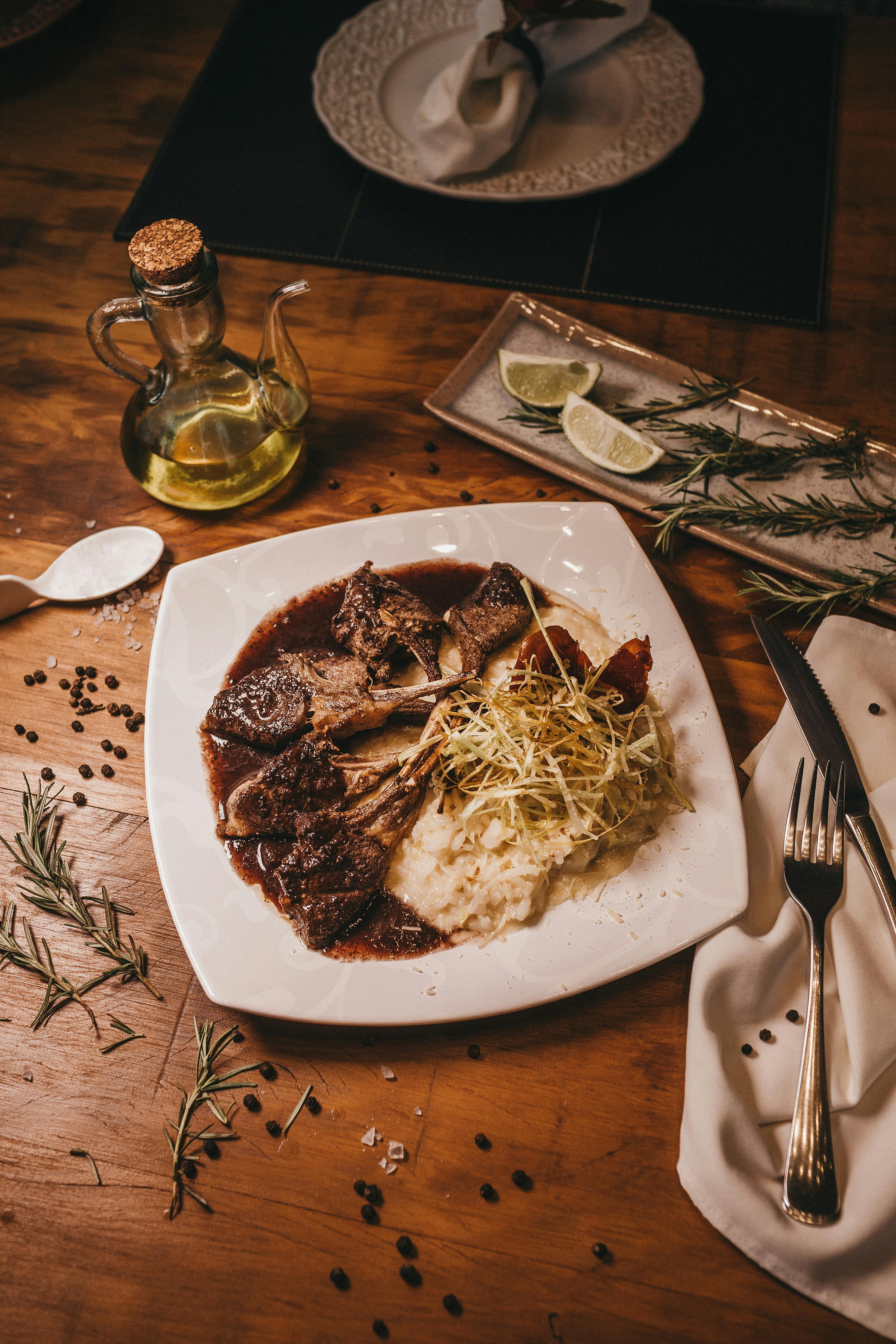
Classic: Classic plating is timeless for a reason. It’s clean, balanced, and focuses on the food. Use the rule of thirds and clockwork placement to create a plate that’s visually appealing without being too fussy. Think steak, potatoes, and green beans arranged neatly on a white plate. Simple, but effective.
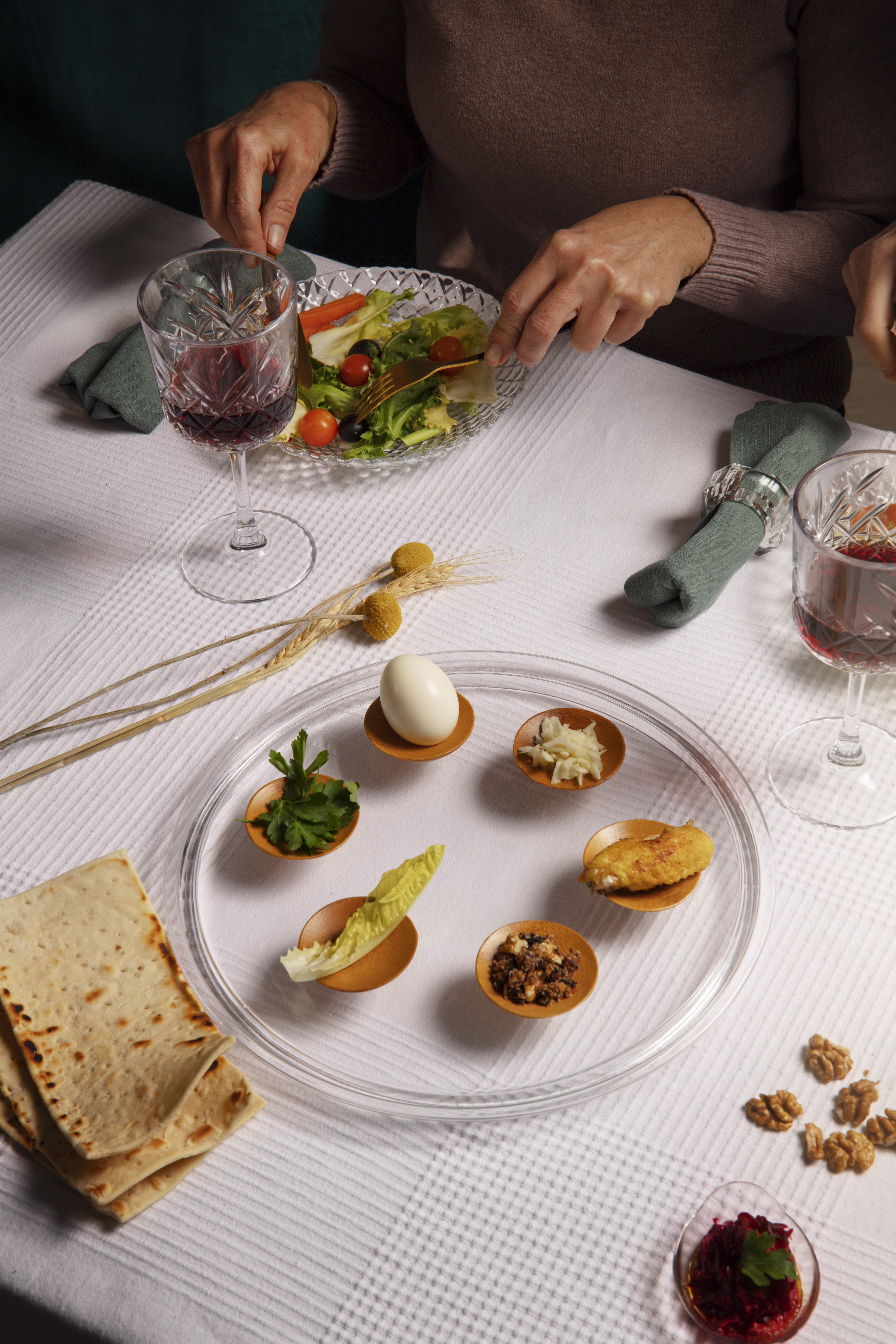
Artistic: Feeling fancy? Artistic plating is all about creativity and pushing boundaries. Think bold colors, unconventional shapes, and dynamic arrangements. Use negative space to your advantage and don’t be afraid to experiment with height, angles, and asymmetry. Just make sure the food is still the star—this isn’t an art gallery.

Thoughtful: Thoughtful plating tells a story. It’s about creating a dining experience that engages all the senses. This is absolutely my favorite way to plate my food because it’s all about crafting an experience for my guests. In fact, in the restaurant Alinea (my dream dining experience in Chicago), the head chef does nothing but plate food with tweezers. That’s how important thoughtful plating is to him. This style takes more effort and planning, but the results can be stunning—and memorable.
Boy, this was a long article that took a lot of work. I hope it was informative! Go forth and plate like a boss.
 Matthew Christensen
Matthew Christensen
Weekly Newsletter Contributor since 2023
Email the author! matthew@dvo.com
